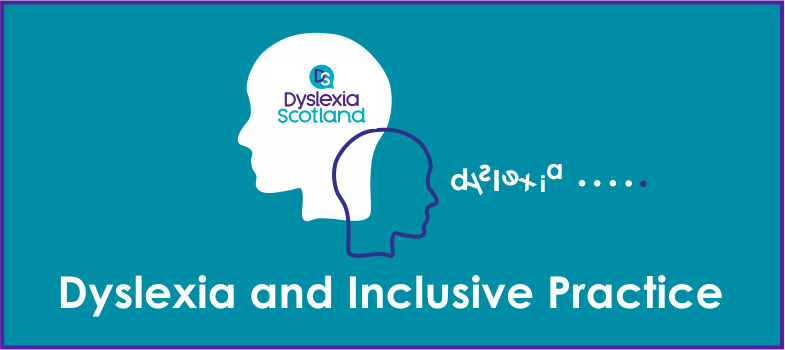4.8. Good practice for identification
A number of local authorities are using the identification pathway within their guidance and procedures to support dyslexia and inclusive practice. Listed below are examples of good practice that are supporting the improvements.
- Clear guidelines which have been developed with the engagement and support of:
- Teachers
- Local authority staff
- Parents
- Learners
- Guidelines are available and accessible to the local authority and school websites
- Evidence that parents feel engaged and understand the identification process
- Evidence that staff understand the identification process. This includes school management, probationers, supply and permanent teachers, a consistent approach for identification between primary and secondary sectors
- Whole authority dissemination of the Toolkit and Modules
Activity 33
a.
Support teachers should be aware of the identification process and develop skills to support and identify dyslexia
b.
If a local authority does not have a policy on dyslexia then they are not supporting dyslexia.
c.
The Addressing Dyslexia Toolkit has been designed specifically to support specialist support staff.
d.
All staff should be able to access up to date information and guidance on dyslexia and inclusive practice.
e.
Everyone has the skills and abilities to recognise early signs of dyslexia in children at all stages, and take appropriate action in response to support children and young people.
The correct answers are a, d and e.
d.
Information is available for free on the Addressing Dyslexia Toolkit.
Activity 34 Reflective practice task
In your Reflective Log, consider
- What are the most appropriate teaching methods to support our dyslexic learners in reading and do they need alternative resources?
- Should teachers in Scotland be required to participate in training to carry out the identification of dyslexia?
- What are the approaches used in your school to support learners with literacy difficulties to develop their skills and how does the school/you know they have a positive impact?
4.7. Standardised and independent assessments
